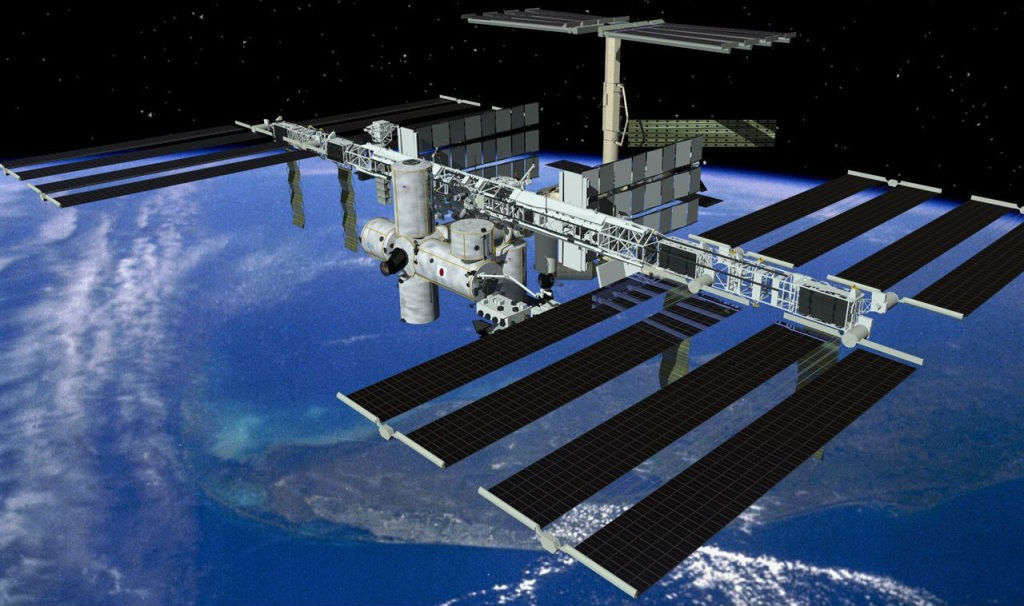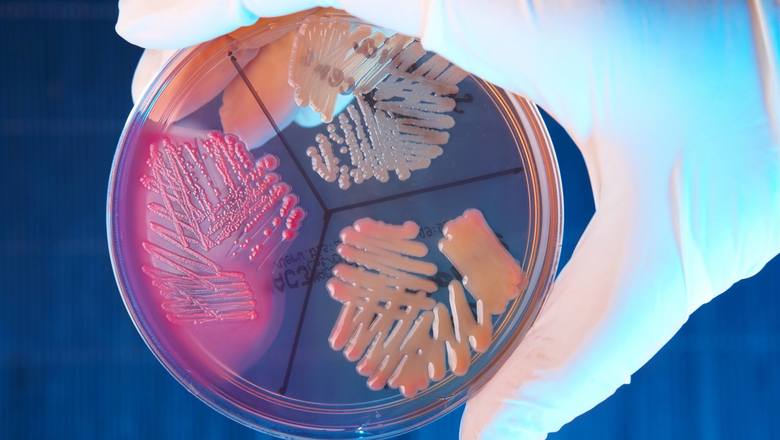The ISS is full of microorganisms, there is no danger to people yet

Thousands of species of living organisms settled on the International Space Station. And only one of these species is man. All the others are microorganisms. Such data are presented in the report of researchers who studied the microbial composition of the surfaces of the 17-year-old station. Scientists have discovered at least 1000 different types of microbes, but most likely there are many more, about 4,000.
“Biodiversity is often a sign of a healthy ecosystem,” says study co-author David Coil. He believes that such a number of species of microorganisms living on the ISS is an indicator of a “healthy spacecraft”. But in order to understand what the colonists of Mars might encounter, for example, scientists should study in detail all the inhabitants of the station.
The program itself was launched in 2014 as part of the Project MERCCURI project. This initiative was proposed by engineers and academics working in organizations such as the National Football League and the US National Basketball Association. Specialists collected samples of microorganisms at US stadiums, and sent samples to the ISS, in order to check whether microbes can survive in weightless conditions. As it turned out, most of the representatives of the microworld feel good in their new environment. The fastest growing strain was Bacillus aryabhatti, assembled at one of the stadiums where the Oakland Raiders team is training.
In addition, the astronauts collected samples of microorganisms at the station, and sent them to Earth. These samples were obtained in 15 different areas of the station, including the ventilation ducts, the “bedroom” and the radio room (or what replaces it). These locations were not chosen by chance, their operation is comparable with such terrestrial counterparts as a telephone, the same ventilation, bedrooms and other places.
The genome of space travelers (not astronauts, but microbes) was analyzed by scientists from the University of California at Davis. In each of the samples, from 1036 to 4294 taxonomic units were identified. These numbers are comparable with the number of species of microorganisms. The species composition was then compared with the usual locations for human habitats.
As it turned out, there is nothing particularly terrible on the ISS - the microorganisms that are there do not threaten the life or health of astronauts. By the way, the methods for deciphering the genome of microorganisms used to study cosmic "travelers" can reveal only traces of the DNA of previously studied species. If we assume that there is something at the station that got there from outside, then DNA analysis will show nothing. But, of course, the probability of the presence of alien microbes at the station is extremely small.

"To be honest, I was not too surprised by the results of the research," said microbiologist Jenna Lang, one of the authors of the study. Since all the equipment that comes from the Earth to the ISS is sterilized, one could expect only those organisms that came to the station with astronauts to be detected. About the way it happened.
“I expected that the species composition of microorganisms would be similar to what is commonly found on human skin. And indeed, to a large extent, this is what happened, ”says Lang.
There are small differences in the number of microorganisms of certain species on the ISS and on Earth, in human habitats. Thus, the station turned out to be more Staphylococcus. On the other hand, scientists still do not have too much factual material for a detailed comparison of species on the ISS and Earth.
Experts believe that the microorganisms on the ISS should be monitored so that any type of harmful microbes, having appeared, will not start to develop too actively, threatening the health of astronauts. Specialists are needed for this, it is also necessary to study what will happen if the “good” microbes entering the station with people start interacting in any way with the microbial ecosystem already present at the station. Specialists do not want to prevent a situation when something really dangerous happens on the ISS. But in order to answer all the questions raised by the study, it takes time and further study of the station.
All Articles